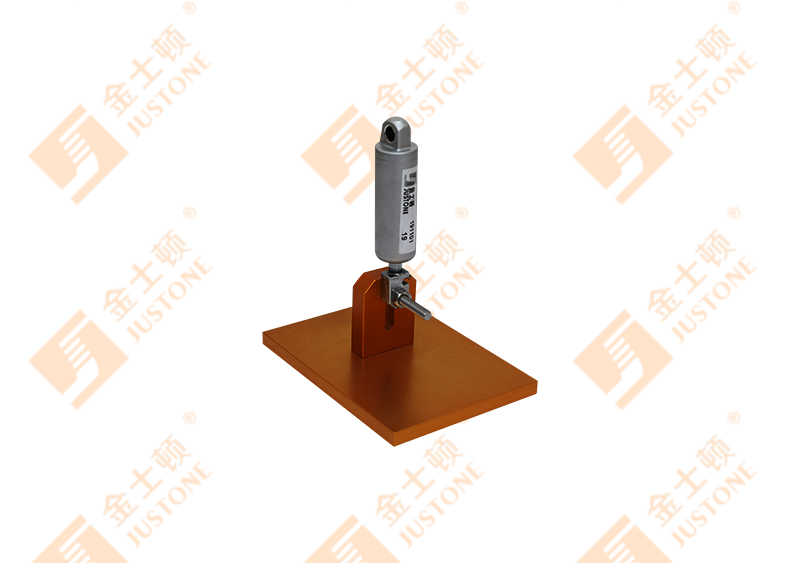Didn't find a product that suits you?
Contact us for the latest news.
The design and manufacturing requirements of Seat Damper Shock Absorbers involve multiple aspects, with the goal of ensuring that they can effectively improve comfort, durability, and meet various safety and performance standards in different application scenarios. The following are detailed design and manufacturing requirements:
Design requirements
Shock absorption effect
Comfort: The core task of seat dampers is to reduce the impact and vibration between the seat and the vehicle body or the external environment, and improve ride comfort. Therefore, the design of the shock absorber needs to ensure that it can effectively absorb vibrations of various frequencies and amplitudes, especially for different road conditions (such as rough and bumpy roads).
Response speed: The seat damper should be able to respond quickly to different loads and driving conditions to ensure that the seat can adapt to changing vibrations in time when accelerating, braking or turning.
Balance between comfort and stability: The design needs to balance comfort and stability. Too soft shock absorption may cause too much shaking, while too hard shock absorption may make the ride experience stiff.
Durability and reliability
Long-term use: Seat shock absorbers need to withstand long-term use and high-frequency vibrations, requiring their materials, design and structure to maintain good shock absorption performance and avoid fatigue, deformation or leakage during long-term use.
Carrying capacity: Passengers of different weights and body shapes need to be considered during design, and shock absorbers need to be able to withstand changing loads without performance degradation or failure.
Environmental resistance: Shock absorbers are usually exposed to different environmental conditions (such as temperature, humidity, dust, salt spray, etc.), so materials with corrosion resistance, temperature resistance and aging resistance need to be selected.
Material selection
Shock absorber materials: Shock absorbers are usually made of metal (such as steel, aluminum alloy) and rubber or other high-performance composite materials. Metal materials provide strength and durability, while rubber or synthetic materials provide good vibration absorption.
Sealing: In order to prevent air or liquid leakage, the design of shock absorbers requires the use of high-quality sealing materials, especially in hydraulic shock absorbers, to ensure that the internal liquid does not leak while maintaining stable performance.

Lightweight: Modern seat shock absorbers are also required to have a lighter weight, especially in the passenger car and aviation fields, which can not only reduce the weight of the vehicle body, but also improve fuel efficiency and aerodynamic performance.
Adaptability and adjustability
Adjustability: Some seat shock absorbers provide adjustable shock absorption effect, allowing users to adjust the hardness of the seat according to personal comfort needs or different driving conditions.
Intelligence: With the advancement of technology, the design trend of seat shock absorbers is to integrate intelligent control systems. Intelligent shock absorbers can automatically adjust the shock absorption effect according to different road conditions, passenger weight, driving behavior and other factors to improve comfort and safety.
Manufacturing requirements
Precision machining
Accuracy requirements: The manufacturing of seat shock absorbers must have high precision to ensure that the components fit closely to avoid reduced shock absorption effect or component damage due to improper assembly.
Surface treatment: The surface of the parts needs to be finely processed and treated, such as polishing, spraying, anti-corrosion treatment, etc., to improve the appearance and durability of the shock absorber.
Quality control
Strict quality inspection: The manufacturing process must strictly control the quality of each link, including material inspection, production process monitoring, and functional testing of the final product.
Performance test: All shock absorbers leaving the factory must undergo a series of performance tests, including shock absorption effect test, durability test, temperature and humidity environment test, load test, etc., to ensure compliance with relevant quality standards.
Compliance with industry standards
Certification requirements: Seat shock absorbers need to comply with various international or regional standards and certifications. For example, automotive seat shock absorbers may need to comply with ISO 9001 quality management system, ISO 14001 environmental management system, ISO/TS 16949 automotive industry quality management system and other standards.
Safety standards: Shock absorbers need to comply with relevant safety standards to ensure that they will not cause harm to passengers in the event of a failure.
Environmental protection requirements
Non-toxic and harmless materials: Non-toxic, harmless, and recyclable environmentally friendly materials should be selected during the manufacturing process to reduce pollution to the environment.
Energy-saving design: Some seat shock absorbers are designed with energy-saving materials and efficient shock-absorbing structures to reduce energy consumption and waste.
Mass production and cost control
Production process optimization: Under the premise of ensuring product quality, optimize the production process to reduce production costs and improve production efficiency.
Automated production: In order to improve production efficiency and precision, more and more seat shock absorbers are manufactured using automated production lines to reduce manual intervention and errors.
Testing and verification of seat shock absorbers
Performance verification: Seat shock absorbers need to undergo a variety of tests during the design and manufacturing process, such as vibration testing, load testing, temperature resistance testing, etc., to verify whether their actual performance meets the design requirements.
Life test: Conduct long-term service life tests to simulate the long-term working conditions of seat shock absorbers to ensure that they can operate stably under various extreme conditions.
The design and manufacturing requirements of seat shock absorbers include strict control of shock absorption effects, materials, durability, precision, environmental adaptability and other aspects. By optimizing the design, material selection and manufacturing process, it is ensured that the shock absorber can not only provide excellent comfort, but also maintain stable performance and high reliability in long-term use. These requirements ensure that the seat shock absorber can effectively absorb vibration and enhance the riding experience in various application environments.